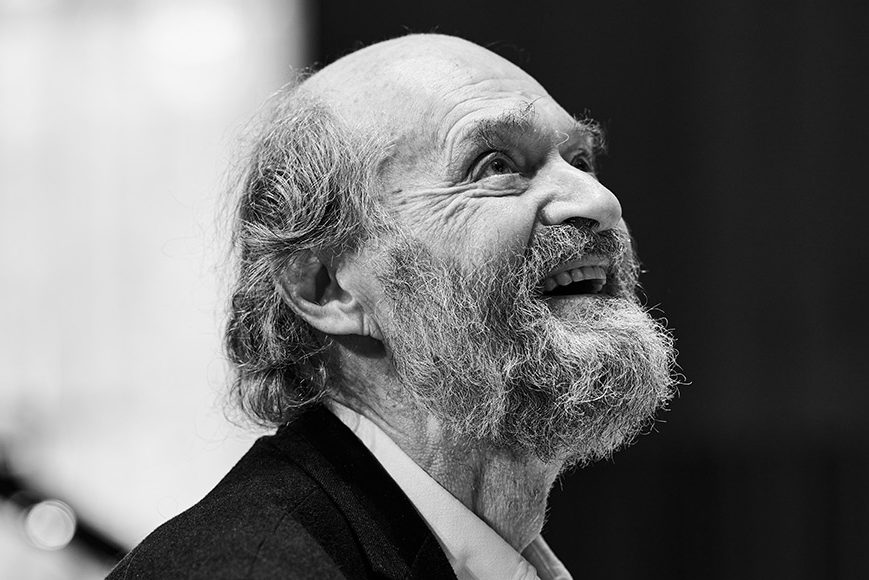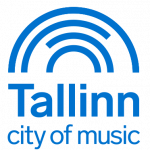Tallinn
Estonia
UNESCO City of Music
since 2021
Tallinn is the capital city of Estonia located by the Baltic Sea. The pleasantly perceivable scale of the city encourages musicians from different fields to cooperate with one another, as a result of which unique musical events are born – historical organs alongside modern experimental electronic music, or jazz alongside the opera are a part of everyday life in Tallinn.
Tallinn is a city that connects people through music. The Song Festival is the largest music festival in Estonia, with tens of thousands of singers and even more spectators, along with choirs and orchestras from all over Estonia, but often also from other parts of the world. In every two years a powerful ‘river of music’ passes through Tallinn, a procession of choirs which walks the route from the city centre to the singing stage.
Tallinn is also home to three outstanding international festivals: one of the most important jazz festivals in Northern Europe – Jazzkaar, Tallinn Music Week – festival for tomorrow’s music and ideas, and the Estonian Music Days, which introduce contemporary Estonian music, top collectives, and various leading performers.
Tallinn is the city of composers and new music, having witnessed the emergence of several unique music styles. It was while working in Tallinn that Arvo Pärt achieved his own personal style (tintinnabuli), which has made the composer the world’s most widely-performed living classical music composer. Thanks to the composer, Veljo Tormis, a dying tradition of the runic song was given a fresh form with a relation to art music. Today, the runic song has influenced various musical styles, from classical to pop and rock. Tallinn is also one of the most important centres in the region when it comes to experimental music, such as, for example, people who come here to study modern improvisation based on original tradition.
Estonia is one of the few countries in the world where musical education is a compulsory part of general education. It is considered natural for every child to sing, and that thousands of children sing in choirs and participate in music studios. It is this educational peculiarity that has made song festivals possible, with them being attended by tens of thousands of amateur singers, and with a repertoire which often does not lag behind that of a professional choir. It was in Tallinn that experimental music classes were established in general education schools, with innovative musical teaching methods being used and where the work which has been undertaken has raised Estonia’s general choir culture to such a high level.
To offer world-class opportunities to create and enjoy music in all its diversity, Tallinn has set six strategic objectives:
- To increase the professionalisation, diversity and internationalisation of the entire music scene.
- To discover, nurture and empower new talent in music through multi-layered music education and young audience engagement.
- To make music more accessible for everybody.
- To encourage re-emergence and development of sustainable cultural tourism.
- To make Tallinn a more inclusive community based on shared values.
- To support viable and sustainable music industry with strong innovation and digital capacity.




